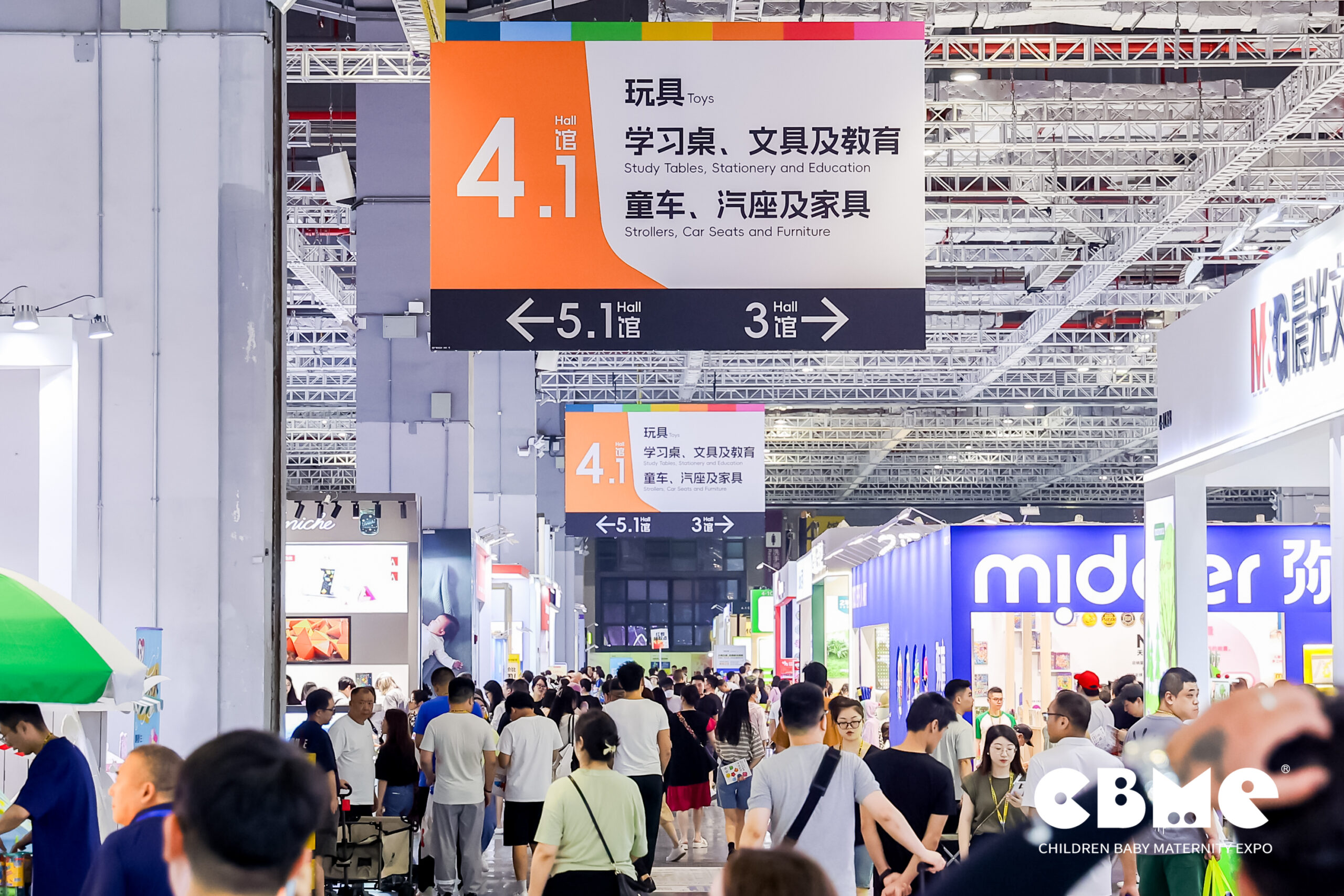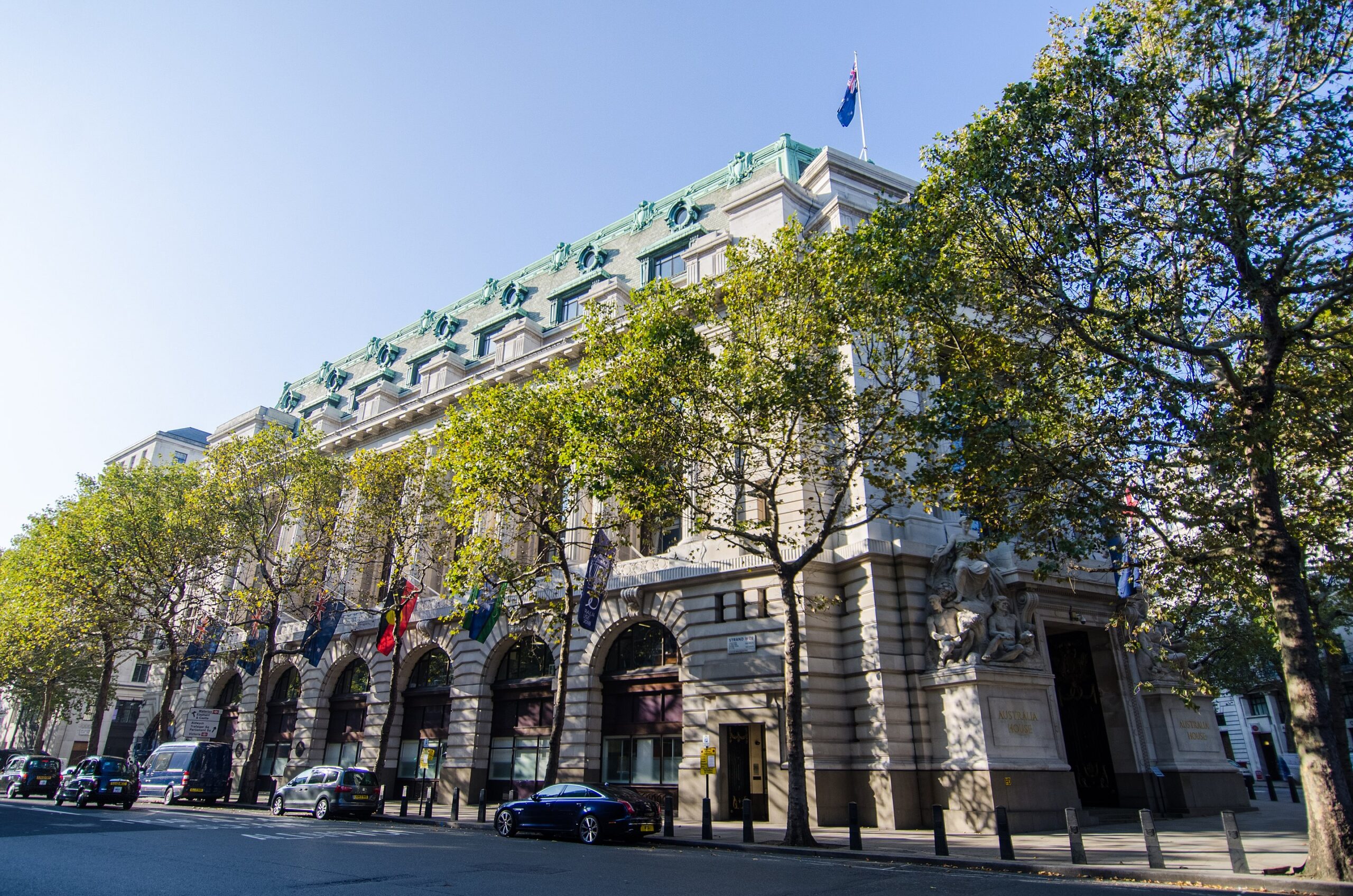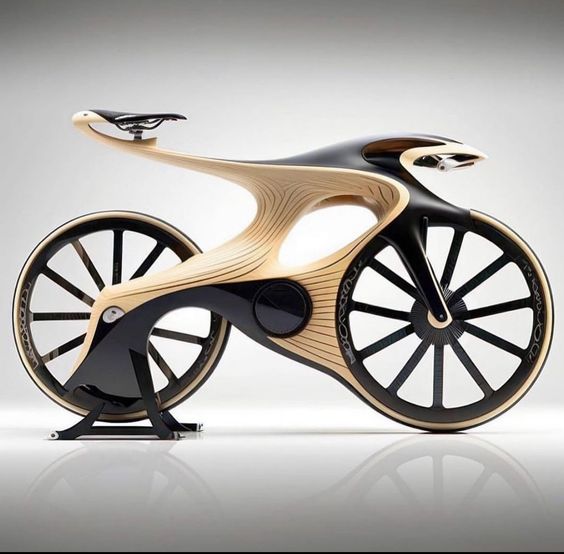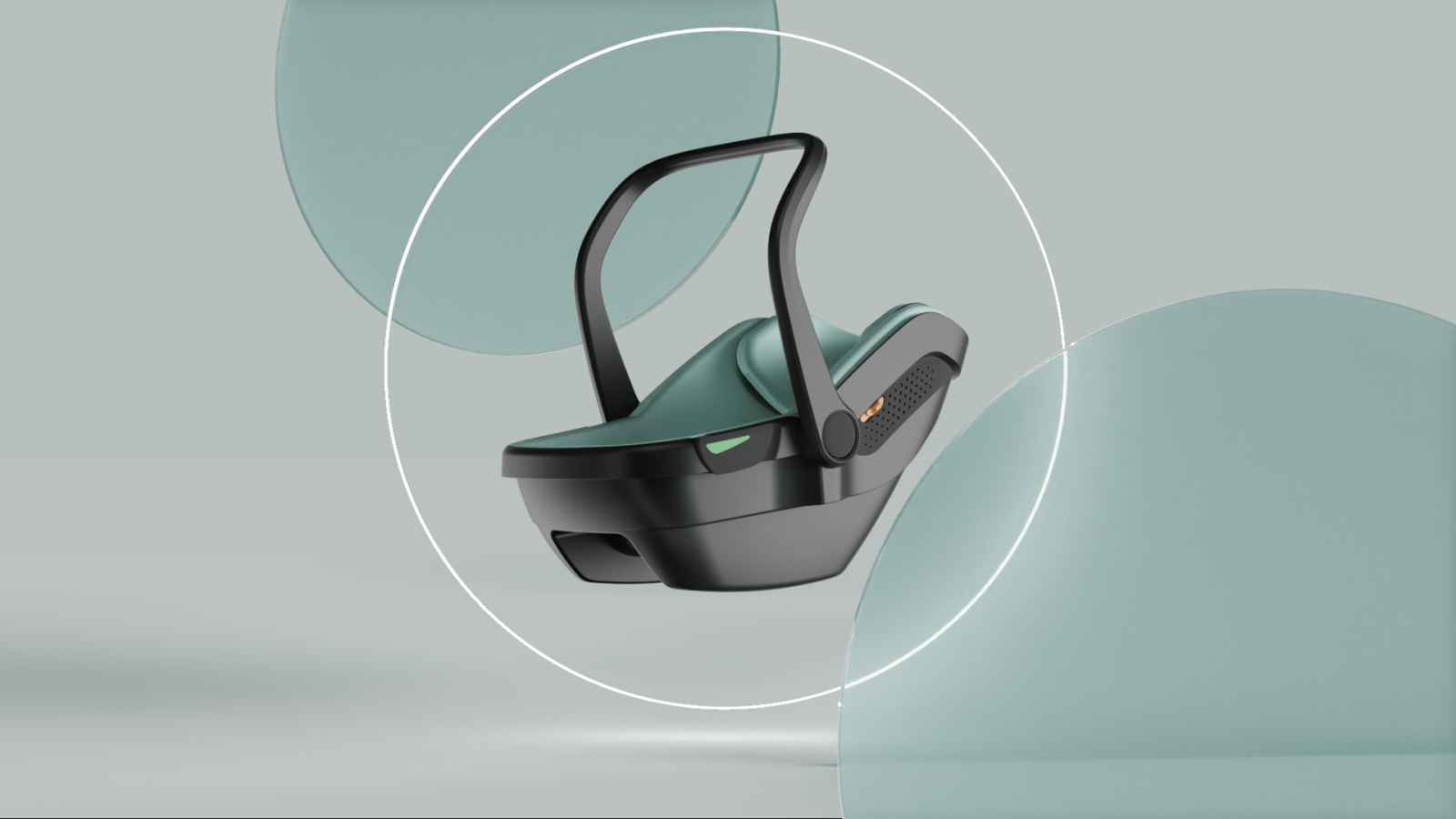19th July 2024
Sustainability is becoming a key part of our everyday lifestyle, looking at the impact of economic, environmental and social influences. Focusing product design around sustainability will obviously aid this positive impact on the environment long term and help to address many of the common goals associated with it.
Sustainability can be defined as “Meeting our own needs without compromising the ability of future generations to meet their own needs”, therefore enough for everyone, forever.
In 2015, the United Nations Sustainable Development Goals were set out as “the blueprint to
achieve a better and more sustainable future for all”. Amongst these goals is Goal 12: Ensure sustainable consumption and production patterns.
“Sustainable consumption and production are about doing more and better with less. It is also about decoupling economic growth from environmental degradation, increasing resource efficiency, and promoting sustainable lifestyles.”
As product designers, what can we do to help achieve this goal? How does this impact our design processes? And more specifically, how can we apply these changes to the design of juvenile products?
There are three main areas in which the product design industry can become increasingly sustainable:
- 1. Reducing plastic production and consumption
Most plastics are synthetic and derived from fossil fuels because of the ease of manufacturing methods involved in processing crude oil and also because of the durability of such plastics. The production and incineration of plastic leads to greenhouse gas emissions of almost 1 billion tonnes/year. This, and limited oil-reserves, is driving a need for newer plastics where product regulations permit from recycled or renewable resources such as waste biomass or animal waste products from industry. Recapturing materials from used products at end-of-life and changing users’ behaviour towards disposal will also help reduce the impact.
- Reducing greenhouse gas emissions
The fundamental target from COP26 was to secure global net zero by 2050 and keep global warming below 1.5C degrees. Measuring and reducing the carbon emissions equivalent (CO2e) of the products we design and manufacture using Life Cycle Assessments (LCA) is crucial to reduce our contribution towards global warming.
- Building circular economies
Circular economy is the ideal situation which ensures a sustainable future. It is a system whereby “waste” is a resource used to manufacture new materials and products instead of sourcing resources from raw materials. The 3 principles are: design out waste and pollution, keep products and materials in use, and regenerate natural systems. In product design terms, this could mean designing products that can be easily repaired, reused, made from recycled materials, or be easily broken down into different materials after use. This can be more expensive than traditional methods and therefore is not always a viable option, however, a move in this direction is the important thing.
Sustainability is more than just a buzz word, small but continual changes by the product design industry will ensure that we move closer to achieving the three main goals. The JMDA Design team are committed to supporting a more sustainable product design industry, both internally and externally across our processes.
If you would like to find out more about the main sustainability goals of product design, register for our next live webinar on 1st November 2022 at 1pm GMT, click here > https://attendee.gotowebinar.com/register/1023813976946789134

Have a Product Idea?
Let’s Bring It to Life.
Start your projectDo you prefer email communication? [email protected]







